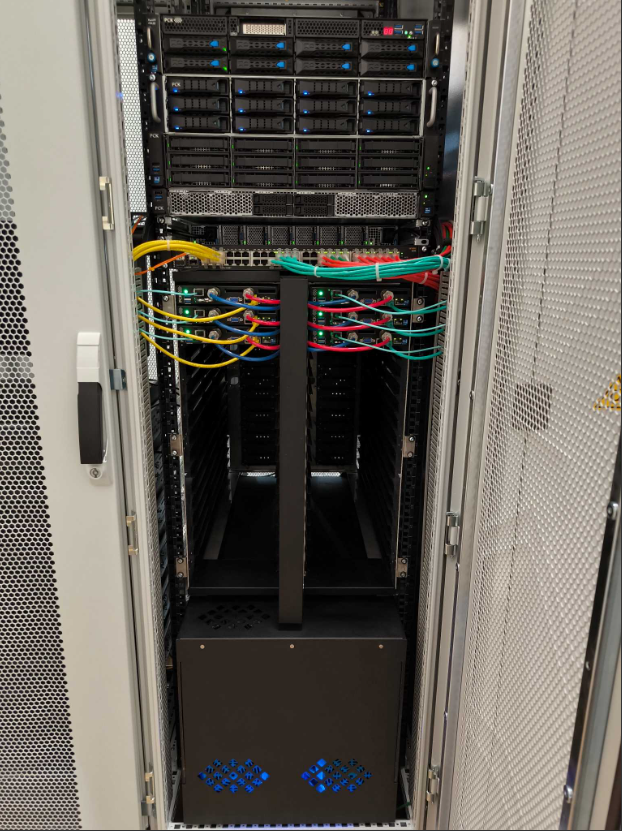A powerful system will allow you to effectively solve multidisciplinary tasks.
The Sobolev Institute of Mathematics of the Siberian Branch of the Russian Academy of Sciences (SB RAS) has put into operation the Sergey Godunov supercomputer, named after the famous Soviet and Russian mathematician. Installation and testing of the system was carried out by specialists of the RSK Group of companies.

According to Acting Director Andrey Yevgenyevich Mironov, the new supercomputer will significantly increase the efficiency of scientific research and will contribute to the development of new technologies. Now the Institute will be able to solve complex interdisciplinary problems, model volumetric processes, and predict the behavior of mathematical systems.
Among the priority areas of the system's work are: medical electroacoustic tomography; modeling of epidemiological, environmental, economic and social processes; computational aerohydrodynamics and problems of optimizing turbulent flows; modeling and constructing scenarios for the development of the biosphere-economy-society system, taking into account carbon-free and sustainable development and climate change; solving inverse problems of geophysics using the direct method based on the Gelfand approach"Levitan-Crane."
The Sergey Godunov supercomputer is built on the basis of the high-density and energy-efficient liquid-cooled RSK Tornado platform. It is equipped with computing nodes, each of which includes two Intel Xeon Scalable 3rd generation processors with 38 cores and a base frequency of 2.4 GHz. Overall system performance reaches 54.4 Teraflops (trillions of operations per second). The developers also provided for the possibility of further expansion of the system, which will double its performance. It is noted that after the upgrade, the peak capacity of the cluster will exceed 120 petaflops.
The Sobolev Institute of Mathematics of the Siberian Branch of the Russian Academy of Sciences (SB RAS) has put into operation the Sergey Godunov supercomputer, named after the famous Soviet and Russian mathematician. Installation and testing of the system was carried out by specialists of the RSK Group of companies.

According to Acting Director Andrey Yevgenyevich Mironov, the new supercomputer will significantly increase the efficiency of scientific research and will contribute to the development of new technologies. Now the Institute will be able to solve complex interdisciplinary problems, model volumetric processes, and predict the behavior of mathematical systems.
Among the priority areas of the system's work are: medical electroacoustic tomography; modeling of epidemiological, environmental, economic and social processes; computational aerohydrodynamics and problems of optimizing turbulent flows; modeling and constructing scenarios for the development of the biosphere-economy-society system, taking into account carbon-free and sustainable development and climate change; solving inverse problems of geophysics using the direct method based on the Gelfand approach"Levitan-Crane."
The Sergey Godunov supercomputer is built on the basis of the high-density and energy-efficient liquid-cooled RSK Tornado platform. It is equipped with computing nodes, each of which includes two Intel Xeon Scalable 3rd generation processors with 38 cores and a base frequency of 2.4 GHz. Overall system performance reaches 54.4 Teraflops (trillions of operations per second). The developers also provided for the possibility of further expansion of the system, which will double its performance. It is noted that after the upgrade, the peak capacity of the cluster will exceed 120 petaflops.

